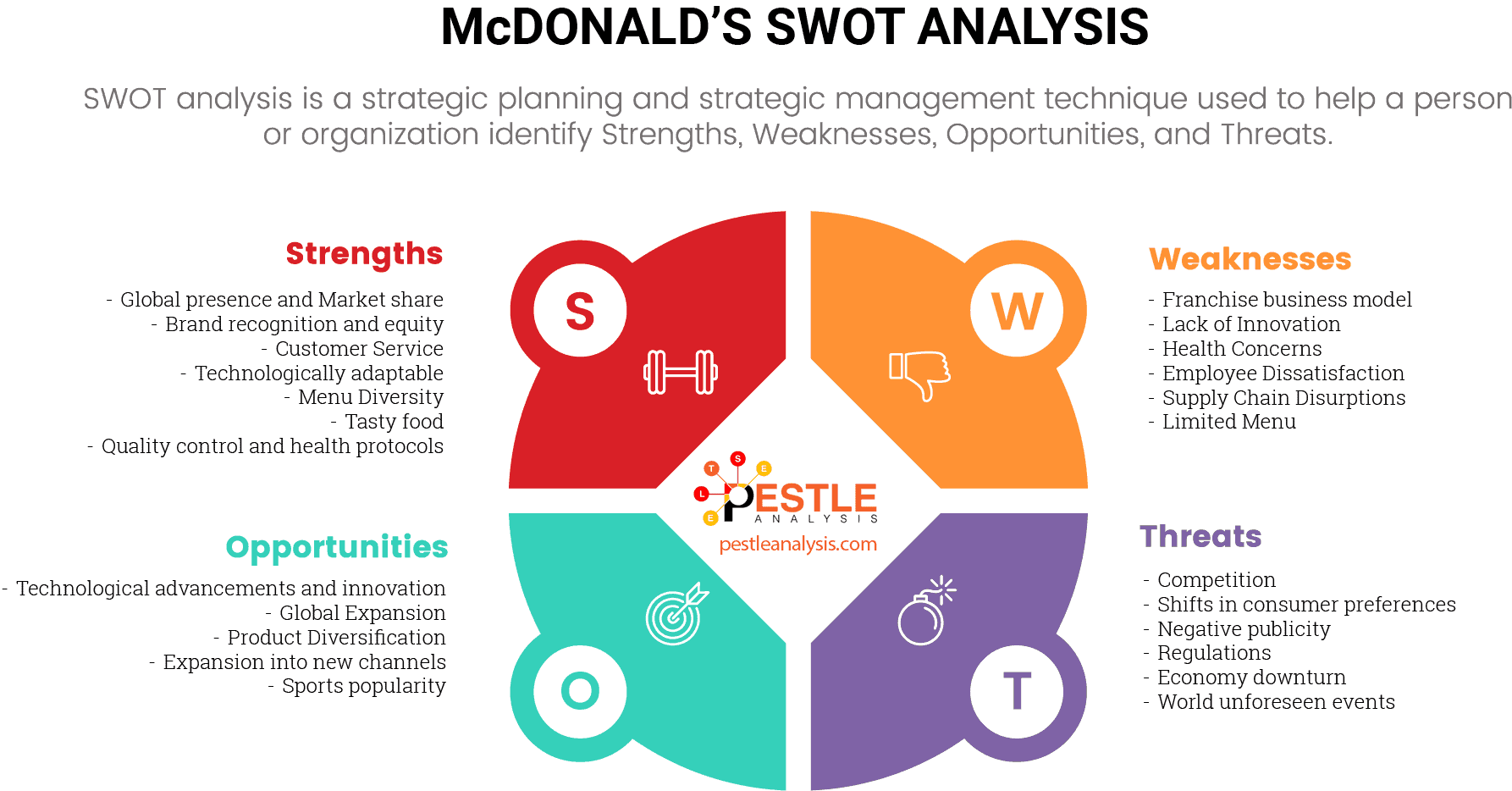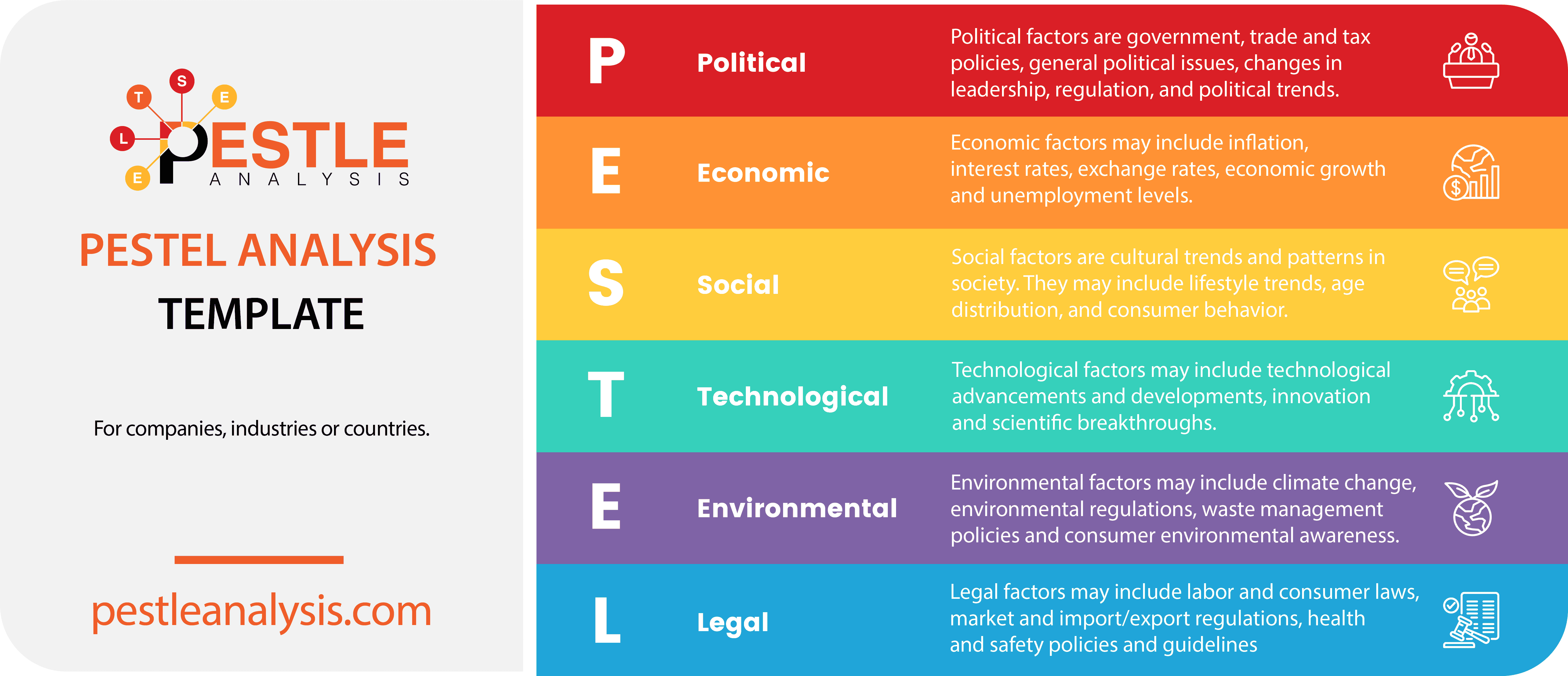12 business analysis tools and 4 AI tools that business analysts use to make better decisions and achieve success.
Keeping a business afloat and also striving for growth and expansion requires you to come with techniques and systems that help you serve your customers without exceeding your budget and depleting your resources. This in turn requires that you create a profile of your ideal customer, create and test your marketing mix, promote clarity in the organization, and also invest in human talent. All this comes under the umbrella term of business analysis.
In this article, we will go through some of the most commonly used business analysis tools and how they help you achieve business success.
12 Best Business Analysis Tools
SWOT Analysis

Commonly in the early stage of business, SWOT analysis is one of the top business analysis tools which helps find the external and internal factors. The abbreviation stands for:
- Strengths: The competitive advantage you have in the marketplace (e.g. customer service, better access to raw materials)
- Weakness: All things with which your competitors are able to grab your market share
- Opportunities: Unexplored market trends and untapped market niches that waiting to be taken advantage of
- Threats: Political, climatic, technological, and other external factors that can cause a problem for your business and get in the way of its long term goals
The benefit of SWOT is that it can be done by your business managers and you do not necessarily have to hire an analyst. And once the analysis is done, you can go straight to the action and address the complex situation at hand.
You will note that S and W are to do with the business itself, while O and T are primarily external factors. However, no business analysis is complete without an understanding of external political, environmental, social, and technological factors as these can affect corporate strategy which in turn affects project scope. Hence, along with SWOT analysis, business analysts also make use of PEST.
PEST Analysis

PEST is an external environmental analysis framework and one of the most popular business analysis tools. PEST Analysis is all about understanding how the external factors affect your organization. Other variations this are PESTLE, STEP, STEEP and STEEPLE.
PEST is an acronym of the following elements:
- Political: Government legal factors that can affect the success and profitability of a business. Examples include political stability, employment laws, safety regulations and trade regulations.
- Economic: This encompasses all the economic aspects that can play a role in the success of a business. Examples include economic growth, unemployment policies, business cycle of the country, as well as economic, interest and inflation rates need to be taken into consideration.
- Social: These are all the cultural and demographic aspects that determine whether the business can compete in the market. Examples include age distribution, lifestyle changes, population growth, demographics, environmental, health and educational consciousness.
- Technological: This factor analyzes the factors which affect the means it can bring its product or service to the market. Examples include government expenditure on technology, technological advancements, life cycle of technology available, as well as the role of internet.
Quantitative Analysis Tools
This includes things like a break-even analysis (break-even the point where costs=revenue) and cash flow analysis (all the money coming and out of the business). Profit is not the only measure of business success, and this is where quantitative analysis helps you out. For example, cash flow analysis may show that you are spending more than what is coming in, which is dangerous in the long-run. Similarly, break-even analysis may show that you simply covering cost of sales and not making any profit despite good sales figures.
Hence, quantitative analysis enables you to get a broader picture of the financial position of your business, and also allows for greater objectivity and accuracy. These business analysis tools also help you enhance the generalization of the factors under study. Only a few variables are used, while validated and reliability and ensured.
Enterprise Resource Planning (ERP)
While ERP software doesn’t analyze anything, it helps you significantly in doing business analysis because these systems gather data from key elements of your business (such as sales records, inventory records, and accounting systems) and they bring it all in one place in a standardized manner. Hence, when you have all this information easily available, analysis becomes easier as you can identify problems without devoting much time and energy. Hence, if you need to get started with business analysis, then you should have ERP software in place.
But this is not all, for ERP systems go one step ahead and help you improve customer satisfaction (and hence retention) as you now have a single information base for all customer interaction and billing. Not to mention, product development is also streamlined as you have all the data pertaining to suppliers, vendors, orders, and materials easily accessible. And when product development becomes streamlined, then the company will be able to launch new offerings on a regular basis to retain and boost market share.
MOST analysis
To conduct internal environmental analysis, you can rely on MOST. This tool ensures that your project is well-aligned to the 4 attributes. The 4 factors assessed in MOST are:
- Mission: Determining where your business intends to go
- Objectives: Deciding what goals will help attain the mission
- Strategies: Planning options to help move forward
- Tactics: Planning how the strategies will be implemented
Heptalysis
Heptalysis is a business analysis tool which you can use to run an elaborate analysis of early stage businesses. It is based on the following 7 categories:
- Market Opportunity
- Product or Solution
- Execution plan
- Financial engine
- Human capital
- Potential return
- Margin of safety
de Bono's Six Thinking Hats
You can rely on de Bono's Six Thinking Hats during brainstorming sessions. It is also known as simply the Six Thinking Hats. It helps generate and analyze varying ideas and options. It is a useful tool as it encourages specific kinds of thinking. In fact, the analytical tool restricts the group to think in certain ways only.
The 6 colors/moods you should know about are:
- White symbolized pure and logical facts
- Green means creative.
- Yellow suggests bright, optimistic and positive.
- Black symbolizes negative or devil’s advocate.
- Red is seen as emotional.
- Blue signifies cold and control.
CATWOE
CATWOE is a business analysis tool that helps prompt thinking about business aims. 6 important elements make up the acronym. They are:
- Customers: Identify who are the beneficiaries of your business process. Also, find how the issue affects them.
- Actors: Actors are the ones directly involved in the process. They will be part of the implementation process. Try to find out what might impact the actors’ success.
- Transformation Process: Focus on the processes which are impacted by the issue.
- World View: Think about the big picture. Ponder about the overall and wider effects of the issue.
- Owner: This is basically about the person who owns the process. Investigate about him. Figure out what role he plays in the solution.
- Environmental Constraints: Think about the constraints and boundaries. You must know how these will affect the solution.
Five Whys
You might use this business analysis tool to find the main cause. This helps to understand what is really happening in a particular moment. Try to answer as many 'whys' as possible.
MoSCoW
This analytical tool prioritizes requirements. You can do this by allocating a priority, evaluating it based on the validity of requirements. It consists of the following elements:
- Must have: Without these, you cannot complete the delivery
- Should have: Without these, you will have to find a workaround
- Could have: If you have these, the delivery satisfaction will increase
- Won’t have: You won’t have these now, but you’d like to have them in the future
SCRS
This is another effective business analysis tool. SCRS claims that the analysis must flow from the current state and requirements from high-level business strategy towards the solution. The term is an acronym for:
- Strategy
- Current State
- Requirements
- Solution
VPEC-T
You can use the VPEC-T technique to analyze the expectations of several parties with different views of a system. Their priorities and responsibilities are different.
- Values: This step includes the objectives, beliefs and issues of all participants. The concerns can be social, financial, tangible and intangible.
- Policies: These are constraints that direct what should be done. These also dictate in which manner it can be done.
- Events: These are the real-world proceedings which fuel activity.
- Content: Content are the meaningful part of documents, conversations, and messages.
- Trust: It is essential to establish trust amid users.
4 AI Tools for Business Analysis
AI tools are revolutionizing the way data is processed, insights are gleaned, and decisions are made in business analysis. Here are four powerful AI types of business analysis tools that are particularly useful for business analysts:
Microsoft Power BI
Microsoft Power BI is a suite of products – Power BI Desktop, Power BI Pro, Power BI Premium, Power BI Mobile, Power BI Report Server, Power BI Report Builder, and Power BI Embedded – tailored to various business needs. The business analysis tools excel in self-service data ingestion, processing, analysis, and visualization, enabling non-tech users to transform raw data into immersive reports and interactive dashboards.
Power BI incorporates AI features that allow users to conduct data analysis using natural language (through Q&A features), access pre-built machine learning models, and integrate with Azure Machine Learning for custom models.
- Built-in connectors for 100+ cloud and on-premises data sources.
- Support for DAX, Power Query, SQL, R, and Python.
- Power BI dataflow capability.
- Integration with a data lake (Azure Data Lake Storage Gen2).
- Real-time data streaming with Power BI REST APIs, Streaming Dataset UI, Azure Stream Analytics.
- Integration with Azure Machine Learning Studio.
- Data visualization with pre-built and customizable visuals.
- Dashboarding.
- Workspace and row-level security.
Google Cloud AI
This suite of AI services provided by Google includes tools like AI Platform, AutoML, and AI Hub. These tools offer advanced machine learning capabilities to build, deploy, and scale AI products efficiently. Google Cloud AI excels in processing and analyzing large datasets to provide actionable insights, making it invaluable for data-intensive environments.
IBM Watson
Another suite of AI tools, IBM Watson is tailored for business, including Watson Studio, Watson Assistant, and Watson Discovery. These tools facilitate data analysis, automate customer service with AI-driven chatbots, and enhance information retrieval and text analytics through natural language processing. Watson is designed to help businesses harness the power of AI in making informed decisions based on vast amounts of data.
Tableau
Primarily a data visualization tool, Tableau integrates advanced AI and machine learning capabilities through Tableau CRM (formerly Einstein Analytics). It allows users to explore data visually, identify trends, and make predictions. The AI component helps in providing smart data insights by suggesting patterns and creating predictive models directly within the dashboard.
The Purpose of the Business Analysis Tools for Analysts

When you conduct market research or attempt to implement new technology, you need to communicate the technical data and difficult-to-understand jargon to all employees and stakeholders, most of whom lack the prowess to decipher the complexity of information on their own. However, if the information is not communicated clearly, then operations will suffer and the company will lose data. Business analysis helps managers to fulfill this function well.
Business analysis also helps you manage time and productivity. But more than that, business analysis is the key by which stakeholders are let into a common understanding of the organization’s need, and from this vantage point, they can make sound decisions to meet those needs. Not to mention, change also becomes easier when the needs of the organization are recognized. If the business is unable to achieve its goals, then certainly there is a need to move forward to a system where those desired needs reach fruition, and such a major transition isn’t possible without a solid business analysis serving as the road map.
To sum up, business analysis ensures that all decisions are made in line with business objectives and no unrealistic goals are pursued to avoid long-term disappointment. So, in order to make effective decisions for your business that lead to cost-cutting opportunities and improve the bottom line, you need to make effective use of the business analysis tools listed above.


